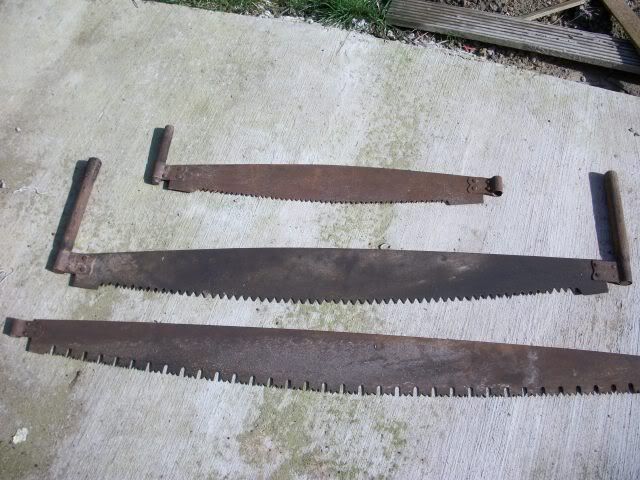I was recently given these and wondered how close they are to 19th century felling saws. It would be nice to be able to use one to cut wood at an event, or at least store them in stores, pioneer corp somewhere rather than rely on precut wood. I know they need new handles and may need sharpening, the second is not a job I can do myself, but I wondered if anyone knew how close, or far away. they were from Civil War era saws.




Comment